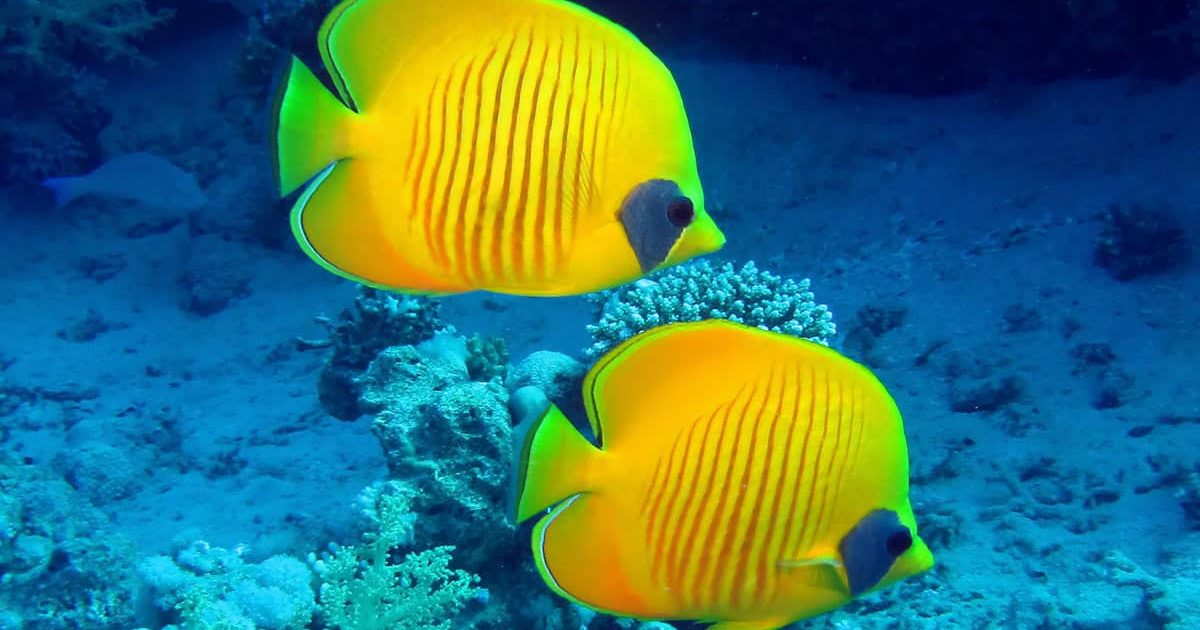Robosys is collaborating with the University of Strathclyde’s Department of Naval Architecture, Ocean and Marine Engineering (NAOME) and NSSP (Neuromorphic Sensor Signal Processing) lab from the Department of Electrical and Electronics Engineering (EEE) and will also fund the testing of the sensing technology for underwater object detection using novel technologies. The aim of the project is to develop the encoding mechanisms for multimodal data collected through neuromorphic sensors for underwater object detection.
The challenges to underwater object detection include limited optical sensor visibility due to water turbidity and lack of light penetration, combined with interference due to environmental factors such as tides, temperatures and salinity, together with financial implications due to specialized equipment and increased maintenance frequency.
The University of Strathclyde’s Dr. Chaitanya Patil, Lecturer in Naval Architecture, Ocean and Marine Engineering is leading the pioneering project, working closely with the EEE Department’s NSSP lab Research Director, Dr. Gaetano Di Caterina. Dr. Patil is a specialist in marine system intelligence with a particular focus on modeling and simulation across cutting-edge technologies.
Dr. Patil’s current research around intelligent marine systems utilizing advanced machine-learning methodologies led him to develop the project focused on Neuromorphic sensor fusion for underwater object detection (SENSE), which has been facilitated through EPSRC Grant reference EP/X525820/1.
Dr. Patil approached Robosys due to the Company’s notable expertise and standing in the field of maritime navigation, autonomy, and background in vision systems and associated algorithm development in order to initiate a collaboration to help propel the research into neuromorphic systems.
The emergence of neuromorphic systems has delivered new methodology to how traditional computation is performed in robotics. Neuromorphic supported intelligence features brain-inspired efficiency, enabling robotics to swiftly and robustly learn and adapt to new scenarios and operations.
Aditya Nawab, Founder, CEO & CTO of Robosys Automation, comments, “We are delighted that Robosys Automation is collaborating with the University of Strathclyde in this exciting and ground-breaking project. As maritime industry innovators, Robosys’ technical team continually explores novel methods of pushing the envelope. This project with the University demonstrates this, with change detection sensing working hand-in-hand with cooperative and competitive computation for perception and control, which will enable ever-increased learning and problem-solving, being essential in the future of a safer, smarter, and greener maritime.”
Following the culmination of the initial underwater object detection project, and as a reflection of the significance of the positive impact this technology will bring to the maritime and ocean technologies sectors, it is planned that this project will be further developed by the University’s Ph.D. Students and Researchers in subsequent years.

